MSI Goes USB 3.1 at CES 2015: The MSI Component Suite Tour
by Ian Cutress on January 12, 2015 2:00 PM ESTAlongside the USB 3.1 new models, MSI had several of their latest designs up for show which have gained traction both visibly in various forums and in terms of emails for my inbox. First up is the Z97 SLI Krait Edition, marking a departure from MSI’s traditional range of colors to a purely black and white model. This is cashing in on the philosophy of providing clean solutions, and to that extent MSI also has a black and white GT 970 GPU to go with the design and the aim to be paired together, perhaps with some white DRAM as well.
The motherboard is low down the product stack, indicated by the lack of three-way GPU support, fewer SATA controllers and the minimum/clean design on the PCB. The Krait branding will come with the snake logo, different to the dragon used in the gaming series.
The GTX 970 4GD5T OC uses MSI’s Twin Frozr design platform but in a white livery and a small overclock. XoticPC and MSI paired up to create the Elysium system based on both the motherboard and the GPU along with an InWin S-Wave chassis:
Also in the motherboard arena was the Z97I Gaming ACK, which probably should not be shortened to the Z97I GACK, but the interesting element here is the WiFi solution.
The board uses both Killer branded Ethernet and an 802.11ac M.2 x1 module either for teaming or for directional prioritized data transfer, which can be useful depending on your scenario, particularly while streaming at a LAN event. We also spent some time with Qualcomm at the event, who own the Killer brand, and got some interesting information on that front which we need to follow up upon.
The WiFi module being used comes out as the Killer 1525, made by Hon Hai. Interesting indeed.
On the GPU front, MSI was showcasing two major parts. First up is the GTX 970 Golden Edition to mark their 100 million graphics cards sold milestone:
Featuring MSI’s new type of fan, the GTX 970 Golden Edition uses a full copper heatsink for the base plate, heatpipes and all the fins. Normally a graphics card would use copper heatpipes and perhaps a copper base plate on high end models, but the fins are almost always aluminium. This implements a full copper solution, similar to the ThermalRight Ultra 120 Extreme Copper Edition I use in motherboard reviews, and like that CPU heatsink comes in very heavy. MSI did not have scales to hand, but we are talking over 1.2 kilos per card, which might cause stress on the GPU slot and is best suited when edge support is in place or when the motherboard is parallel to the ground. Nevertheless the GPU is slightly overclocked and the cooler should offer a bit more in terms of overclock potential, depending on if MSI bin the silicon. Also to note that this is also a GTX 970, and not the 980, which I hope MSI would look in to.
Another newer element is MSI’s Torx fan which adjusts the attack angle of alternate fan blades from the center to the middle in order to force more air into the area around the center of the fan. MSI is claiming 19% better airflow, 75% better structural integrity and 5% lower noise, but no numbers were provided for those comparisons.
It would be an interesting exercise to see visualizations of the CFD that went into this design. Sometimes it is tricky to tell for yourself whether design A or design B is better without the calculations in front of you, and the results would point to the accurate conclusions. Nevertheless the fan design is making its way onto all Twin Frozr V cards, including the 970 Golden Edition. Alongside MSI showing off the Krait range with a custom PC, they also showed a custom mod around the Dragon gaming logo and a pair of Twin Frozr V cards:
That picture is correct, in the sense that MSI is laying it on thick with the red aspect, with this James Fislar Dragon design using red cabling as well as a red pump and red coolant going through the water cooling system.
The system also showed one of the features of the GPU design, with one fan being able to turn off completely when in idle modes. This fan typically cools the power delivery, which is losing a lot less absolute energy as heat when in idle.
MSI were also showcasing off their new aluminium based Thunderstorm Mouse Pad and a gaming headset for good measure:
Thoughts on MSI
As the motherboard reviewer at AnandTech since 2011, we have seen MSI go through a significant shift in direction. Back then MSI was competing heavily on price, and neglected the user experience compared to its ultimate potential. Today in 2015, as CES is showing, we are in the decade of user experience, and MSI know this to be true on the design front. The Gaming range for MSI is now their primary focus, according to Eric Kuo, the MSI Vice President for Worldwide Sales and Marketing. From our perspective, MSI is only starting to look at the technical side of the equation again after spending a couple of years focusing on the look. But what is currently out in the market from MSI is some of the cleanest and aesthetically pleasing but also adventurous design. Sure, a dragon on every piece of hardware is not for everyone, but at least MSI is aiming to provide that consistent design philosophy across motherboards, GPUs, peripherals, and as we reported on earlier, their gaming line of notebooks.
As part of our trip to CES 2015, we also had an opportunity to sit down with two MSI VPs from their HQ sales and marketing departments for a quick interview. Stay tuned for that piece.


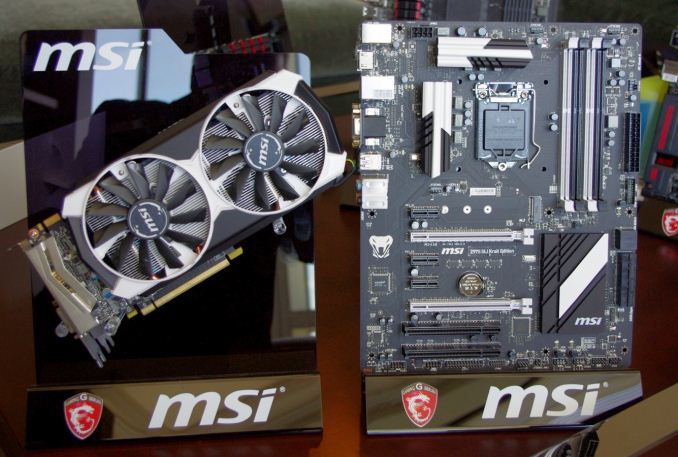
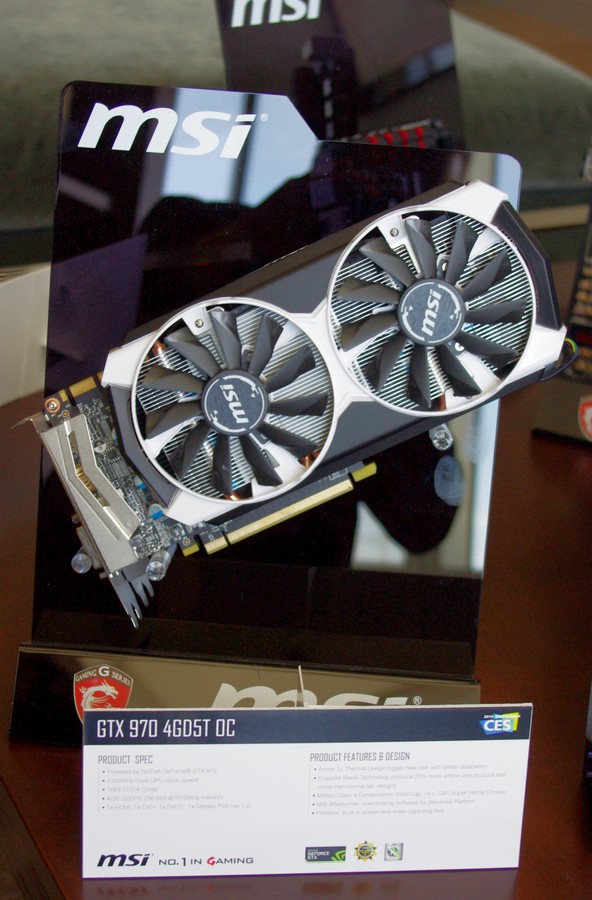
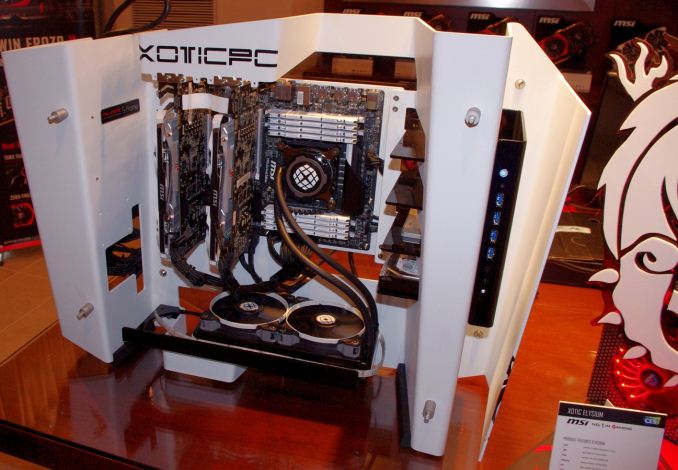
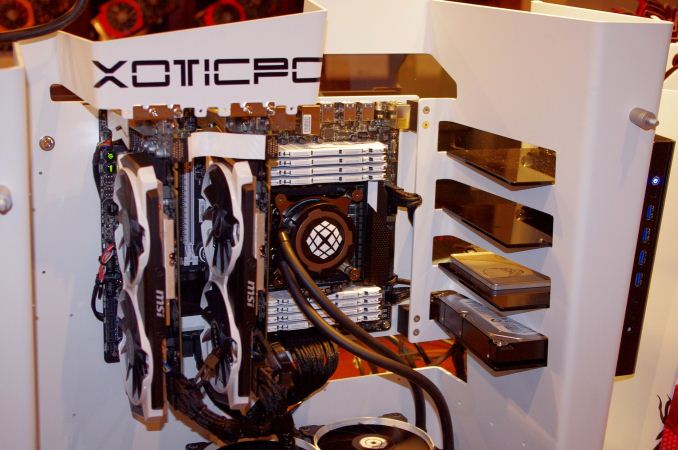
_2D_thumb.png)
_3D_thumb.png)
_3D1_thumb.png)
_3D2_thumb.png)
_Box_thumb.png)
_IO_thumb.png)
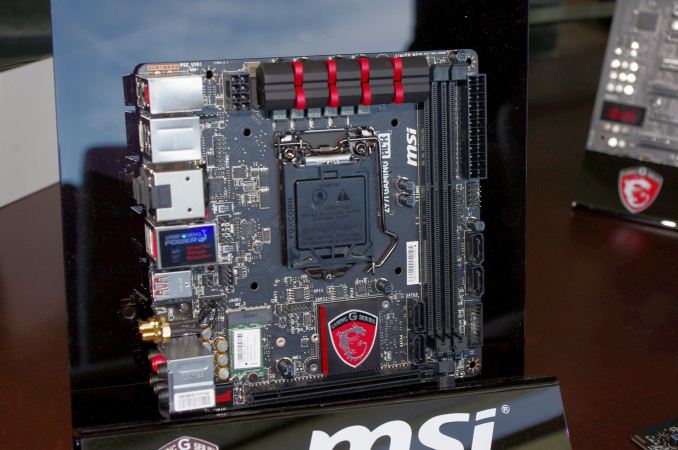
_2D_thumb.png)
_3D_thumb.png)
_3D1_thumb.png)
_3D2_thumb.png)
_Box1_thumb.png)
_IO_thumb.png)
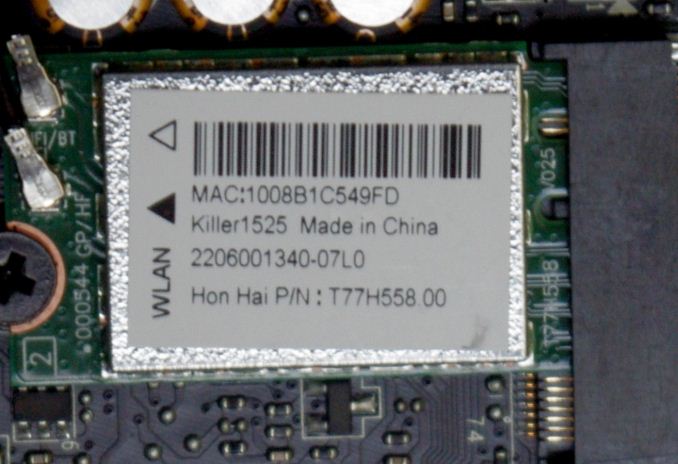
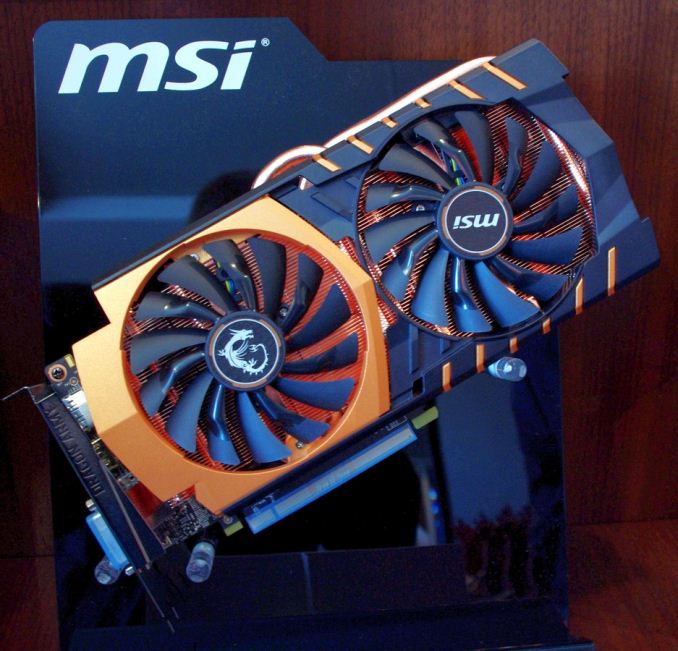
_2D_thumb.png)
_2D1_thumb.png)
_2D2_thumb.png)
_2D3_thumb.png)
_2D11_thumb.png)
_IO_thumb.png)
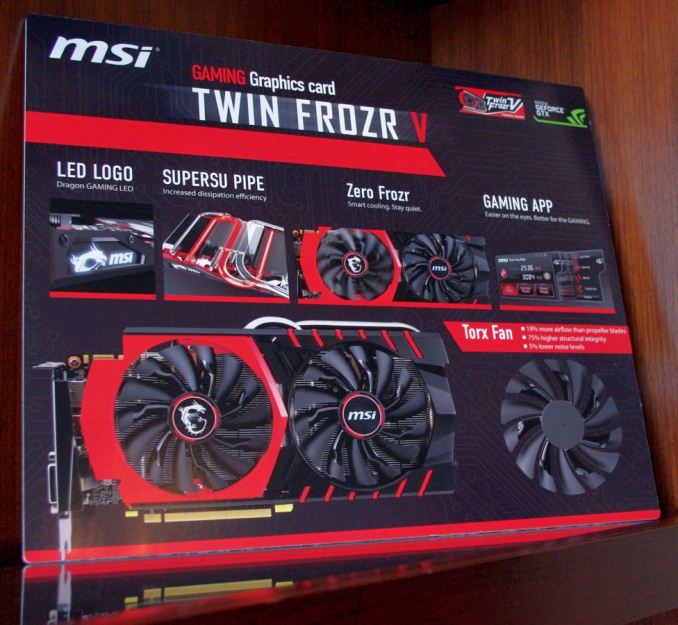
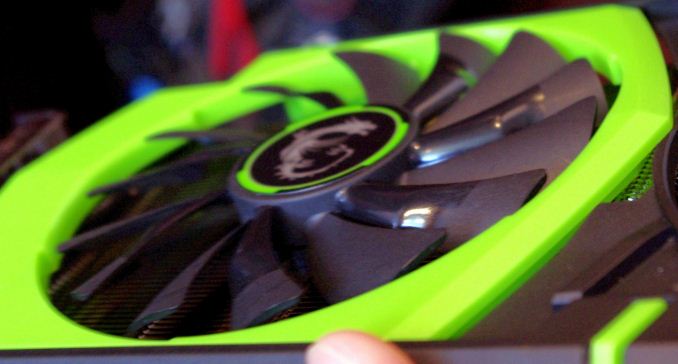
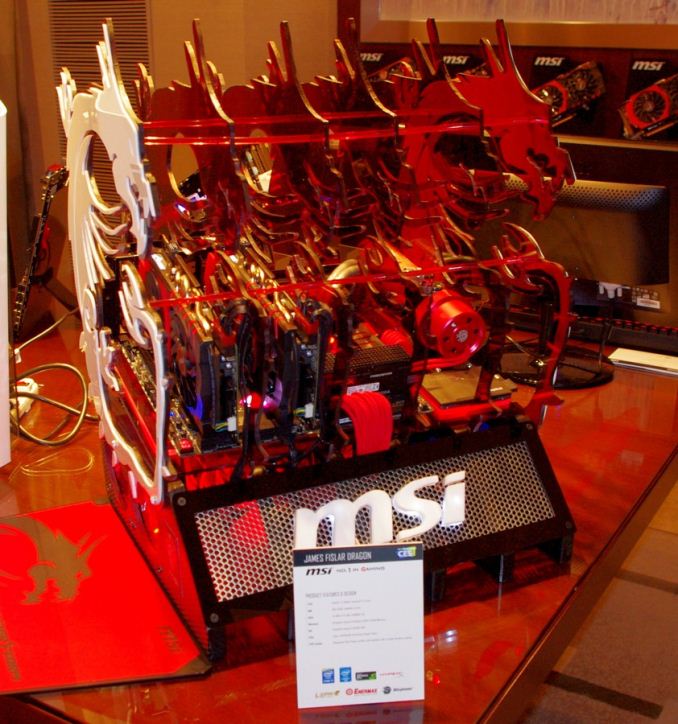

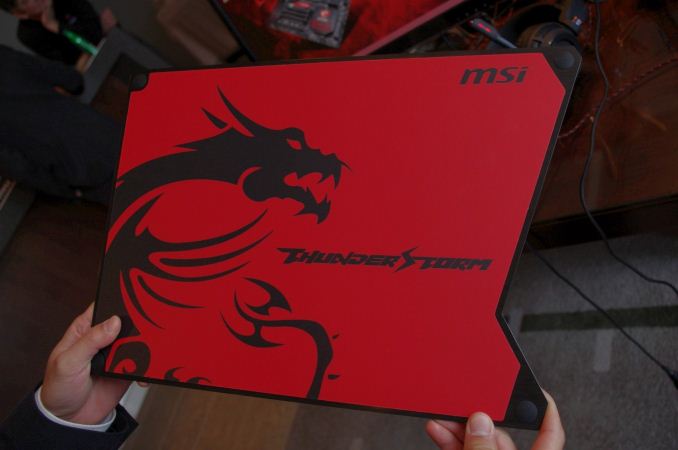








32 Comments
View All Comments
fokka - Tuesday, January 13, 2015 - link
oh please yes. the 24pin connector is a monstrum, plus needing an additional 4/8pin for the cpu doesn't make it any better neither.DanNeely - Wednesday, January 14, 2015 - link
For gaming/workstation class systems, an extra 12V connector probably is inevitable unless we make the new main ATX connector as huge as the current one is.The current connector has 23 pins in use (a 24th, providing -5V for ISA cards was removed years ago). In terms of removing pins the best we can do is probably to remove all 4 3.3v pins (legacy PCI), the -12v pin (RS232), 4/5 5v pins (need 1 for low power USB) and 5/8 ground pins (one each for the 2 12v pins and 1 remaining 5v pin); this reduces the pinout down to 9.
Going back up to add support for more modern uses, a single 20V pin, 2 12v pins, and 2 more ground pins (5 shared among 4x12v, 1x5v, 1x20v); brings us back up to 14 pins. 14's already getting fat enough that it's going to be getting annoying to bend. Adding 4 more pins replace the other half of the 8 pin connector would bump it back to 18; almost as bad as the original 20pin cable and mostly defeating the purpose. With 8 + 4 pin (and occasionally 8 + 8 or * + 4 + 6 (pcie)) additional 12V connectors becoming common on high end mobos; we'd still be connecting multiple cables at the top end.
Going the other direction, only adding a 20v wire to the reduced cable and stopping at 10 pins would make the cable easier to route; but would continue to impose a second power cable on low end mITX boards - the 4pin is ubiquitous even on boards with low power BGA processors and only pcie 1x (25W) slots - where cable routing is most difficult.
I suggested adding 2 12v wires to the redesigned main cable as a reasonable in compromise position. It still gives the big cable a badly needed diet to make routing easier. Low end systems are able to eliminate the 2nd cable entirely. And on the top end, it will at least serve as a counterbalance to the continuing drive for yet another 12v cable; and maybe take a step back on mainstream gaming boxes.
kpb321 - Monday, January 12, 2015 - link
I'm disappointed that it is a single USB c connector as it wastes so much space. In addition to being easier to connect you should be able to fit more ports on the back panel so you don't have 20 usb headers you need to connect to use all the usb ports the board supports.MikhailT - Monday, January 12, 2015 - link
Why are you disappointed? It's too early to replace everything with USB 3.1 right now, there's not enough industry support to do this. The chipsets are not ready, issues with the power delivery, connector designers and so on.It's going to take a few years before USB 3.1 have the proper support from everybody.
MSI is just trying to be the first with USB 3.1 connector and they did it by doing this weird setup with third party chipset, combining ports and so on.
kpb321 - Monday, January 12, 2015 - link
USB C connector does not mean USB 3.1. It is entirely possible to do USB C ports that are USB 3.0 or even USB 2 and there are plenty of USB 2 and 3 ports supported by the chipset for them to not all fit on the back panel.fokka - Tuesday, January 13, 2015 - link
as often with first gen products, oems just wanna "get it out there" first, so one lonely port is enough to slap that "usb3.1" sticker on the box. more ports wouldn't make much sense anyways, if the bandwidth to the chipset is limited. i just can't wait until intel and amd get off their asses and give us glorious usb3.1 integrated into the chipset per default.CrazyElf - Monday, January 12, 2015 - link
I just wish that they would abandon their love affair with Qualcomm NICs. I'd rather see them feature something like Intel server grade NICs on their motherboards - that would be a real upgrade.Otherwise, I'm pretty happy with MSI.
I actually have become fond of their XPower series of motherboards. Their big weak point seems to be RAM overclocking (fewer profiles) and their UI isn't always the best. Oh, and Command Center has been buggy at times.
Their Lightning GPUs are among the best. I just hope they release big Maxwell and whatever AMD offers with top notch VRAM (or whatever HBM equal it is) this time (they had to use Elpida on the 780L, although they later replaced with Hynix).
Otherwise pretty good. Launch day BIOS stability is not good, but they do seem good about releasing BIOS updates and they have good tech support.
Intel currently controls the PCH, and with that, there's limited room for motherboard innovation, but I am hoping to see something interesting in the upcoming years, especially now that single threaded performance doesn't seem to be getting much faster with each generation.
just4U - Monday, January 12, 2015 - link
From the article:"(and get frustrated when it never goes in first time)"
----
Sometimes you don't get a second chance. I've bent the pins on a few boards now.
just4U - Monday, January 12, 2015 - link
Come to think of it.. I could have misread your comment.. I was talking about the 3.0 header on the board that you connect your USB 3.0 case cable to..jdrch - Tuesday, January 13, 2015 - link
Great, so we have to wait for chipset support again as we did with USB 3.0? *sigh*